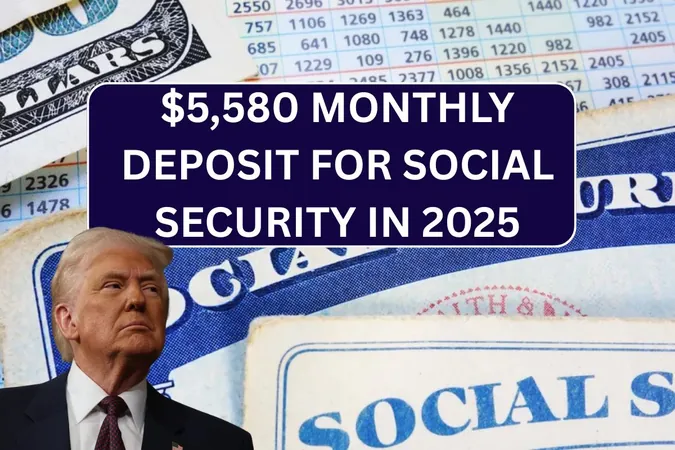
Historic Move: LME Launches First Warehouses in Hong Kong
2025-04-15
Author: Kai
A Game-Changing Approval for the London Metal Exchange
In a groundbreaking development, the London Metal Exchange (LME) has officially sanctioned its first four licensed warehouse facilities in Hong Kong. This strategic move, announced on Tuesday, aims to enhance access to the massive mainland China market, the globe’s leading consumer of industrial metals.
A New Era for Metal Storage in the Region
The establishment of these warehouses has been a longstanding ambition following the acquisition of the LME by Hong Kong Exchanges and Clearing in 2012. Executives believe that positioning warehouses in Hong Kong will fortify the exchange's influence in one of the most lucrative marketplaces.
Challenges Loom Large Amid High Costs
However, optimism comes with caution. Some industry insiders express skepticism about the commercial viability of these warehouses due to exorbitant local real estate costs. These factors could lead to higher service charges compared to neighboring countries like Malaysia and Taiwan, potentially curtailing growth.
What's Next? The Path Forward
A source from a global warehousing firm stated, "We will try it and see what happens," alluding to the uncertainty surrounding demand. Notably, any metals stored in Hong Kong are likely to be quickly transferred to mainland China for consumption.
While Hong Kong has historically not been a major metal consumption area, the LME remains hopeful about its potential as a crucial global metals hub and a gateway to China.
Who and What Is Involved?
The newly approved warehouse operators include two facilities from GKE Metal Logistics and one each from Henry Diaper & Co and PGS East Asia. Collaborating with local partners, including China Resources Logistics Ltd and Sinotrans Warehousing Ltd, these facilities are set to begin operations on July 15.
Setting the Stage: Costs and Subsidies
Although the LME has outlined maximum charges for storage, set at 61 cents per metric ton for copper in Hong Kong, compared to 51 cents in South Korea and Singapore, there is a significant worry about making these operations financially viable. An internal LME presentation suggested that government subsidies would be necessary, yet no concrete agreements have been established.
With various firms awaiting final approval for their own warehouses, expectations linger that costs may align with competitive market rates.
Conclusion: A Pivotal Moment for the LME
As the LME embarks on this ambitious chapter, the immense potential of Hong Kong as a vital player in the global metals scene is undeniable. All eyes will be on the newly launched warehouses and their impact on the ever-evolving landscape of industrial metals.


 Brasil (PT)
Brasil (PT)
 Canada (EN)
Canada (EN)
 Chile (ES)
Chile (ES)
 Česko (CS)
Česko (CS)
 대한민국 (KO)
대한민국 (KO)
 España (ES)
España (ES)
 France (FR)
France (FR)
 Hong Kong (EN)
Hong Kong (EN)
 Italia (IT)
Italia (IT)
 日本 (JA)
日本 (JA)
 Magyarország (HU)
Magyarország (HU)
 Norge (NO)
Norge (NO)
 Polska (PL)
Polska (PL)
 Schweiz (DE)
Schweiz (DE)
 Singapore (EN)
Singapore (EN)
 Sverige (SV)
Sverige (SV)
 Suomi (FI)
Suomi (FI)
 Türkiye (TR)
Türkiye (TR)
 الإمارات العربية المتحدة (AR)
الإمارات العربية المتحدة (AR)